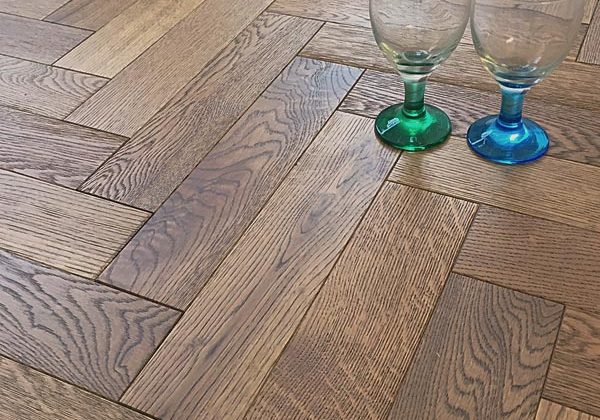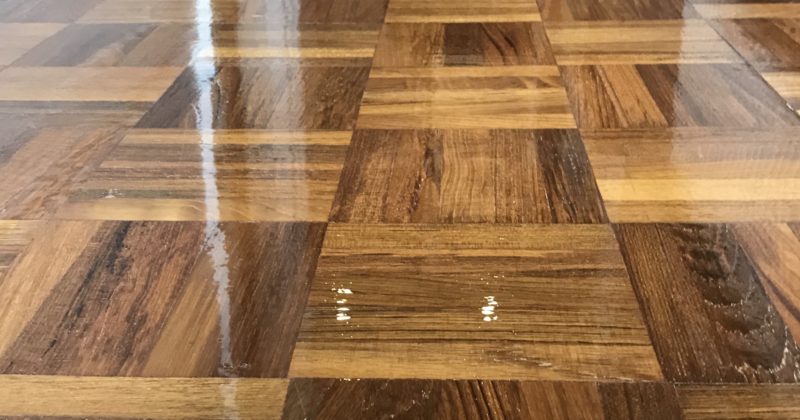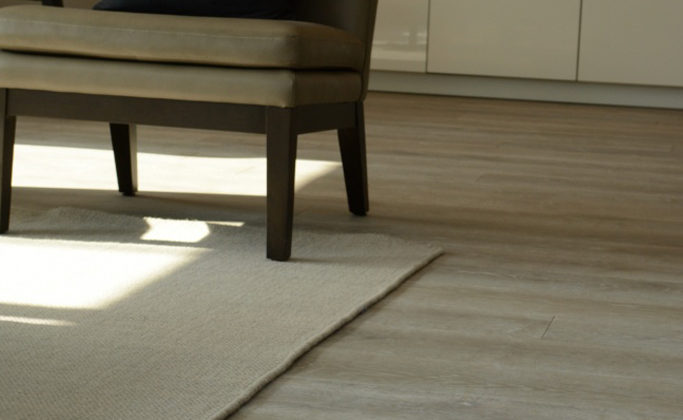
FLOATING VS. GLUE-DOWN WOOD FLOORING
When it comes to engineered hardwood floors, two common methods of installation are floating and glue-down. The following is a rundown of all the basics you need to know about these two installation methods.
The Con’s
A floating wood floor can sound hollow or give an echo when walked on. This is due to the impact noise absorption being greatly reduced as it is easier for the sound vibrations to travel between the underlay and wood floor. This hollow sound can be reduced with better quality underlays but a floating floor, regardless of underlay quality, will never have the firm solid sound of a permanently fixed wood floor.
As a floating floor is not fixed to the sub-floor, any slight undulations in the sub-floor can result in movement when the floating floor is walked on. It is not uncommon to see furniture move as it is walked past. This phenomenon can also be a result of the slight compression properties of an underlay.
Leading...



